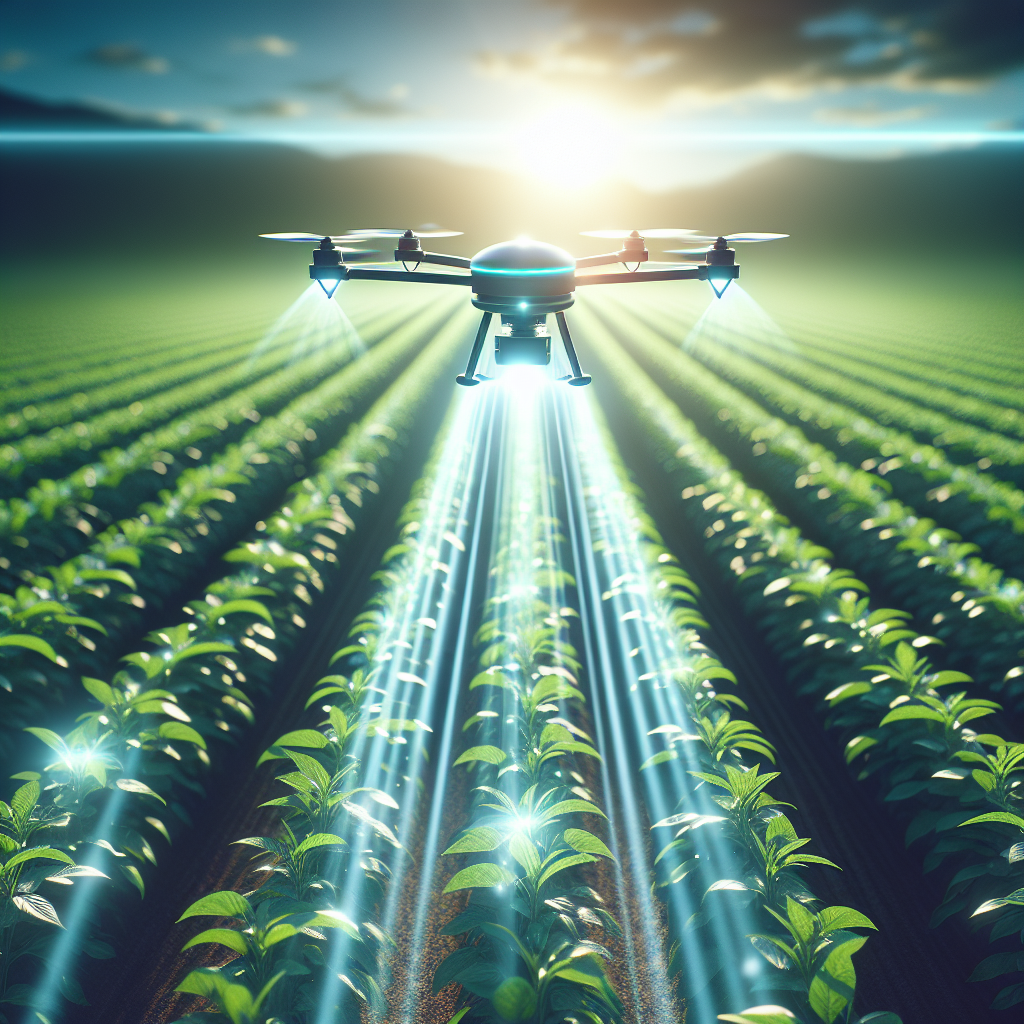Artificial intelligence (AI) is revolutionizing the way we approach precision agriculture, particularly in the realm of weed management and herbicide use. By harnessing the power of AI, farmers can now more accurately identify and target weeds, leading to more efficient and sustainable farming practices. In this article, we will explore the various AI-powered solutions available for precision weed management and herbicide use, as well as address some frequently asked questions about this cutting-edge technology.
AI-Powered Solutions for Precision Weed Management
One of the biggest challenges in agriculture is effectively managing weeds, which can compete with crops for nutrients and water, leading to reduced yields. Traditional methods of weed management, such as blanket herbicide application, can be both costly and harmful to the environment. However, AI-powered solutions offer a more targeted and sustainable approach to weed management.
One such solution is the use of drones equipped with AI algorithms to identify and map weeds in the field. These drones can fly over the field and capture high-resolution images, which are then analyzed by AI software to identify the presence of weeds. This information can then be used to create a map of weed infestations in the field, allowing farmers to target herbicide application only where it is needed, reducing overall herbicide use and minimizing the impact on the environment.
Another AI-powered solution for precision weed management is the use of robotic weeders. These robots are equipped with cameras and AI algorithms that allow them to identify and remove weeds with precision, without the need for herbicides. By using AI to target weeds individually, farmers can reduce herbicide use and increase the efficiency of weed management, leading to higher yields and healthier crops.
AI-Powered Solutions for Herbicide Use
In addition to precision weed management, AI can also be used to optimize herbicide use in agriculture. By analyzing data on crop health, weed infestations, and environmental conditions, AI algorithms can recommend the best herbicide application rates and timings for maximum effectiveness. This not only reduces herbicide use but also minimizes the risk of herbicide resistance developing in weeds.
One example of AI-powered herbicide optimization is the use of sensors in the field to monitor crop health and weed infestations in real-time. These sensors can collect data on factors such as leaf color, plant height, and weed density, which is then analyzed by AI software to determine the optimal herbicide application rate and timing. By applying herbicides only when and where they are needed, farmers can reduce costs and minimize the impact on the environment.
Another AI-powered solution for herbicide use is the use of smart sprayers equipped with AI algorithms. These sprayers can adjust herbicide application rates based on real-time data collected from sensors in the field, ensuring that the right amount of herbicide is applied to target weeds effectively. By using AI to optimize herbicide application, farmers can achieve better weed control while reducing herbicide use and minimizing the risk of environmental contamination.
Frequently Asked Questions
Q: How does AI help in precision weed management?
A: AI helps in precision weed management by analyzing high-resolution images of the field to identify and map weed infestations. This information can then be used to target herbicide application only where it is needed, reducing overall herbicide use and minimizing the impact on the environment.
Q: Can AI-powered solutions replace traditional weed management methods?
A: While AI-powered solutions offer a more targeted and sustainable approach to weed management, they are not meant to replace traditional methods entirely. Instead, AI can complement existing practices to improve efficiency and sustainability.
Q: How can farmers implement AI-powered solutions for weed management and herbicide use?
A: Farmers can implement AI-powered solutions by investing in drones, sensors, and robotic weeders equipped with AI algorithms. These tools can help farmers collect data on crop health, weed infestations, and environmental conditions, allowing them to make more informed decisions about weed management and herbicide use.
Q: What are the benefits of using AI for precision weed management and herbicide use?
A: The benefits of using AI for precision weed management and herbicide use include reduced herbicide use, improved weed control, higher yields, and reduced environmental impact. By targeting weeds more effectively and optimizing herbicide application, farmers can achieve better results while minimizing costs and environmental harm.
In conclusion, AI-powered solutions are transforming the way we approach weed management and herbicide use in agriculture. By harnessing the power of AI, farmers can achieve more precise and sustainable weed control, leading to higher yields and healthier crops. As the technology continues to evolve, we can expect to see even greater advancements in precision agriculture, ultimately benefiting both farmers and the environment.

